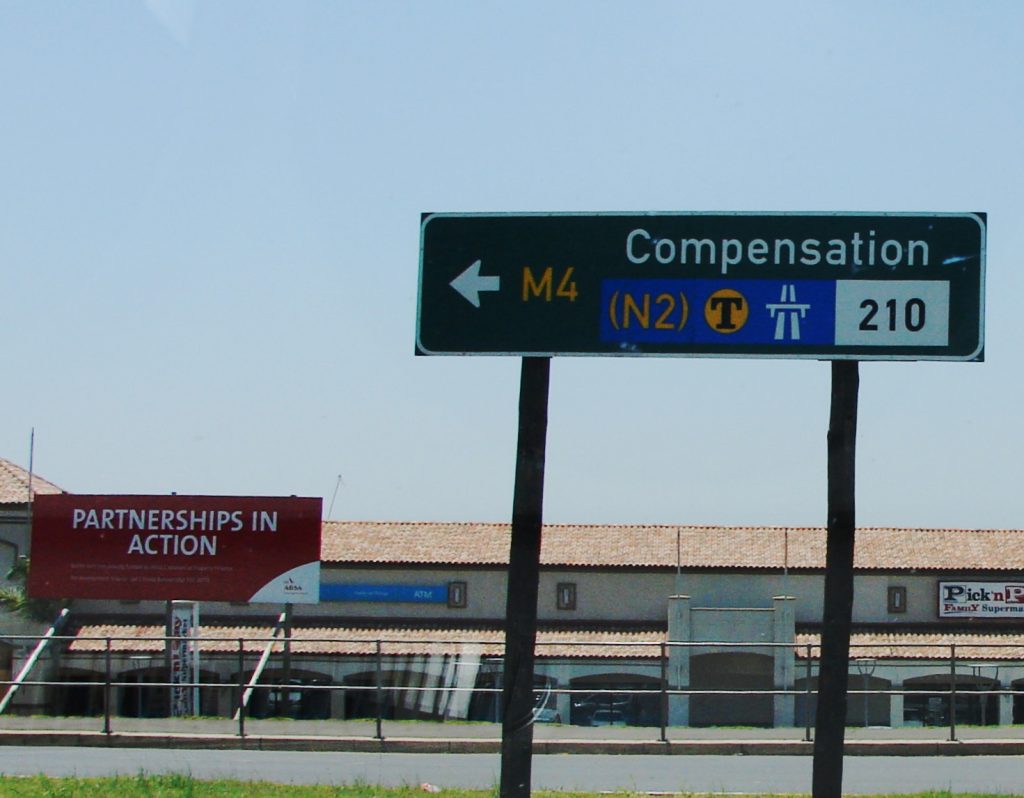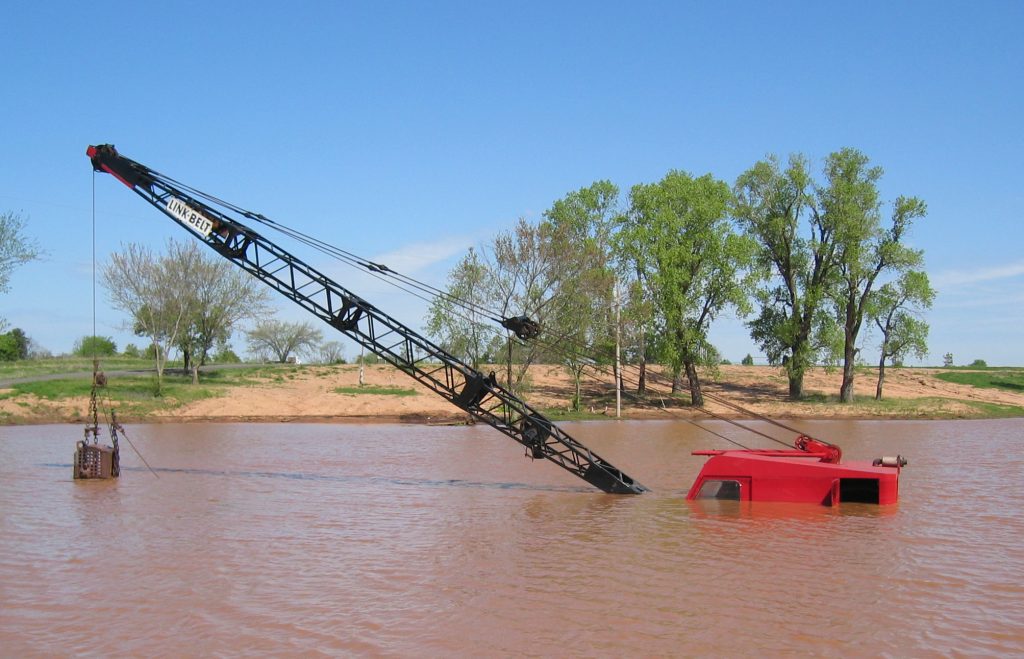 When you get hurt on the job, it is common to seek workers’ compensation benefits to help with the costs of your injury. However, the employer will likely at some point seek to diminish or cease payment altogether. In a recent case out of the Parish of Calcasieu, we learn just how far an employer must go in helping a former employee find a replacement job before reducing benefits.
When you get hurt on the job, it is common to seek workers’ compensation benefits to help with the costs of your injury. However, the employer will likely at some point seek to diminish or cease payment altogether. In a recent case out of the Parish of Calcasieu, we learn just how far an employer must go in helping a former employee find a replacement job before reducing benefits.
Kenneth Clark was working as an assistant manager at Walgreens in Moss Bluff when he hurt his back. A visit to Dr. Erich Wolf and an MRI revealed three herniated disks. After undergoing a discectomy and epidural steroid injections, Dr. Wolf released Mr. Clark to work eight hours per day at light to minimal-medium duty. Later, Mr. Clark was determined to have reached maximum medical improvement.
Walgreens voluntarily paid Mr. Clark Temporary Total Disability (TTD) benefits equaling his average weekly wage of $727.37. Once Mr. Clark reached maximum medical improvement, Walgreens changed Mr. Clark’s TTD benefits to Supplemental Earnings Benefits (SEB) to a weekly rate of $244.89 based on Mr. Clark’s wage earning capacity of $360.00. Mr. Clark then challenged the reduction of his benefits and sought penalties and attorney fees.
 Louisiana Personal Injury Lawyer Blog
Louisiana Personal Injury Lawyer Blog


 Ignoring instructions when assembling a coffee table, toys, or other household items may not, in the end, prove highly detrimental. In fact, such practices are commonplace. However, failing to follow the correct procedural steps is ruinous in the world of lawsuits. Recently, the Louisiana Third Circuit Court of Appeal was forced to dismiss an appeal because of a plaintiff’s failure to follow the required procedural steps.
Ignoring instructions when assembling a coffee table, toys, or other household items may not, in the end, prove highly detrimental. In fact, such practices are commonplace. However, failing to follow the correct procedural steps is ruinous in the world of lawsuits. Recently, the Louisiana Third Circuit Court of Appeal was forced to dismiss an appeal because of a plaintiff’s failure to follow the required procedural steps. Peanuts and cracker jacks are two cornerstones of the game of baseball. However, surgery is not. Yet, when one little leaguer got struck by a baseball during practice, the league’s insurer tried to get out of picking up some of his medical bills. The Louisiana Third Circuit Court of Appeal, however, was not going to let the insurance company off so easily.
Peanuts and cracker jacks are two cornerstones of the game of baseball. However, surgery is not. Yet, when one little leaguer got struck by a baseball during practice, the league’s insurer tried to get out of picking up some of his medical bills. The Louisiana Third Circuit Court of Appeal, however, was not going to let the insurance company off so easily.  Sometimes when a plaintiff is awarded damages at trial he or she may believe that the damage amount does not match the injury he or she incurred. When this situation happens, what can a plaintiff do to challenge the damage award? And how easy is it get an increase in the damages amount? A recent First Circuit Court of Appeal case involving a Terrebonne Parish man provides guidance towards answering these questions.
Sometimes when a plaintiff is awarded damages at trial he or she may believe that the damage amount does not match the injury he or she incurred. When this situation happens, what can a plaintiff do to challenge the damage award? And how easy is it get an increase in the damages amount? A recent First Circuit Court of Appeal case involving a Terrebonne Parish man provides guidance towards answering these questions. It’s always bad when you get injured. But it is even worse when you have no insurance coverage for that injury. Recently, a St. Tammany Parish man experienced both incidents when he was injured on the job and realized that his employers were not covered by workers’ compensation insurance.
It’s always bad when you get injured. But it is even worse when you have no insurance coverage for that injury. Recently, a St. Tammany Parish man experienced both incidents when he was injured on the job and realized that his employers were not covered by workers’ compensation insurance. Often, the facts of a lawsuit are unclear. One strategy that lawyers often use to prove their version of events is to use an expert witness to corroborate their side’s story. Expert witnesses are individuals who possess knowledge in a field or area that the average person knows little to nothing about. Frequently, both sides in a lawsuit end up utilizing experts who often times have differing opinions about the facts surrounding the lawsuit. But how does a judge or jury determine which expert is correct? Recently, the Fifth Circuit Court of Appeal for the State of Louisiana addressed these questions in a workers’ compensation case.
Often, the facts of a lawsuit are unclear. One strategy that lawyers often use to prove their version of events is to use an expert witness to corroborate their side’s story. Expert witnesses are individuals who possess knowledge in a field or area that the average person knows little to nothing about. Frequently, both sides in a lawsuit end up utilizing experts who often times have differing opinions about the facts surrounding the lawsuit. But how does a judge or jury determine which expert is correct? Recently, the Fifth Circuit Court of Appeal for the State of Louisiana addressed these questions in a workers’ compensation case. A primary concern that all business owners have is how to insulate themselves from any improper actions that their business engages in. Without some mechanism to separate the actions of the business from the business owner, a business owner would be personally liable for the business’s actions and could face legal claims against him or her for actions that the business engaged in. States, recognizing this problem, created many forms of corporate structures with varying levels of liability protection. Examples of such corporate structures are limited liability companies (L.L.C.), professional corporations (P.C.), and C corporations. While these, and other types of corporate structures, provide business owners with insulation from liability, business owners could still be personally liable for their company’s actions if those actions fall under a narrow set of circumstances. Recently, the Louisiana Supreme Court addressed whether one of these narrow circumstances occurred when determining whether an owner of a home construction company was personally liable for the actions of the company.
A primary concern that all business owners have is how to insulate themselves from any improper actions that their business engages in. Without some mechanism to separate the actions of the business from the business owner, a business owner would be personally liable for the business’s actions and could face legal claims against him or her for actions that the business engaged in. States, recognizing this problem, created many forms of corporate structures with varying levels of liability protection. Examples of such corporate structures are limited liability companies (L.L.C.), professional corporations (P.C.), and C corporations. While these, and other types of corporate structures, provide business owners with insulation from liability, business owners could still be personally liable for their company’s actions if those actions fall under a narrow set of circumstances. Recently, the Louisiana Supreme Court addressed whether one of these narrow circumstances occurred when determining whether an owner of a home construction company was personally liable for the actions of the company. When an employee is injured in the course of his or her job, then the employee will receive wage replacement and medical benefits in the form of workers’ compensation. Workers’ compensation takes the place of a lawsuit an employee can bring when he or she is injured on the job by someone’s negligence. Because employers are responsible for providing a safe work environment, it stands to reason that employers are responsible when that environment is unsafe. While workers’ compensation provides a necessary service to injured workers, there are always those who would try to take advantage of the system. This struggle to try to provide for those who are legitimately injured while at work and deny claims for those who try to defraud the system gives rise to a complex body of law. One reoccurring issue that often surfaces in workers’ compensation cases is whether an employee is injured while on the job. Recently, the Fifth Circuit Court of Appeal examined this issue when determining whether an employee for a pool table installing company injured his back while on the job.
When an employee is injured in the course of his or her job, then the employee will receive wage replacement and medical benefits in the form of workers’ compensation. Workers’ compensation takes the place of a lawsuit an employee can bring when he or she is injured on the job by someone’s negligence. Because employers are responsible for providing a safe work environment, it stands to reason that employers are responsible when that environment is unsafe. While workers’ compensation provides a necessary service to injured workers, there are always those who would try to take advantage of the system. This struggle to try to provide for those who are legitimately injured while at work and deny claims for those who try to defraud the system gives rise to a complex body of law. One reoccurring issue that often surfaces in workers’ compensation cases is whether an employee is injured while on the job. Recently, the Fifth Circuit Court of Appeal examined this issue when determining whether an employee for a pool table installing company injured his back while on the job. Accidents can happen at any time, even at work. Sometimes these accidents can aggravate a pre-existing injury. In a claim for workers’ compensation benefits, employers may use the existence of an old injury to deny payment of benefits despite a clear work accident with medical repercussions. This was the case for a government employee in Winnsboro, Louisiana.
Accidents can happen at any time, even at work. Sometimes these accidents can aggravate a pre-existing injury. In a claim for workers’ compensation benefits, employers may use the existence of an old injury to deny payment of benefits despite a clear work accident with medical repercussions. This was the case for a government employee in Winnsboro, Louisiana.  A common tactic of defendants is to attempt to remove a case from state court to Federal Court if there is the slightest indication that such removal might be proper. Depending on the case, however, it may be more advantageous to a plaintiff to keep the case in state court. Without even concerning the merits of the case, a battle ensues costing time and money. In any case, where the Federal Government is even remotely involved, removal will likely be an issue. How can a plaintiff successfully keep their lawsuit in state court when the Federal Government is involved? Recent Louisiana asbestos litigation provides at least one way.
A common tactic of defendants is to attempt to remove a case from state court to Federal Court if there is the slightest indication that such removal might be proper. Depending on the case, however, it may be more advantageous to a plaintiff to keep the case in state court. Without even concerning the merits of the case, a battle ensues costing time and money. In any case, where the Federal Government is even remotely involved, removal will likely be an issue. How can a plaintiff successfully keep their lawsuit in state court when the Federal Government is involved? Recent Louisiana asbestos litigation provides at least one way.